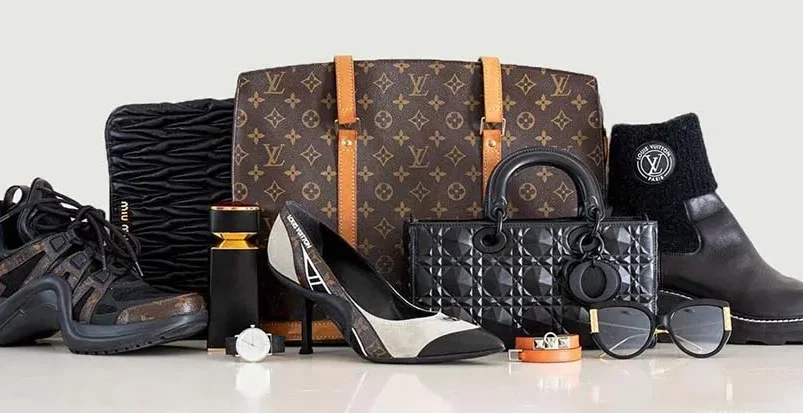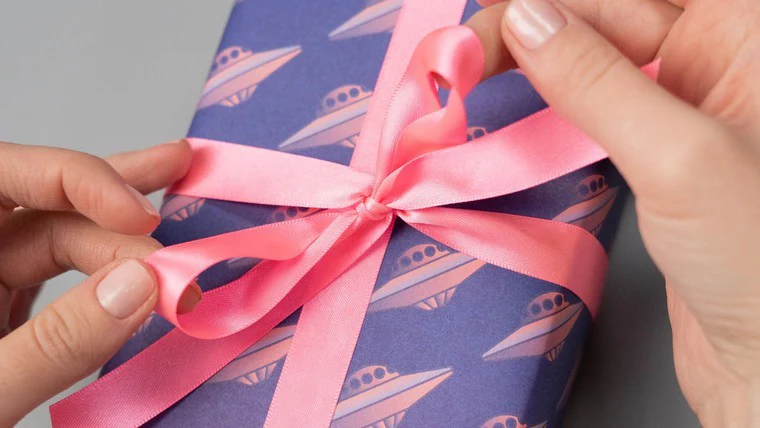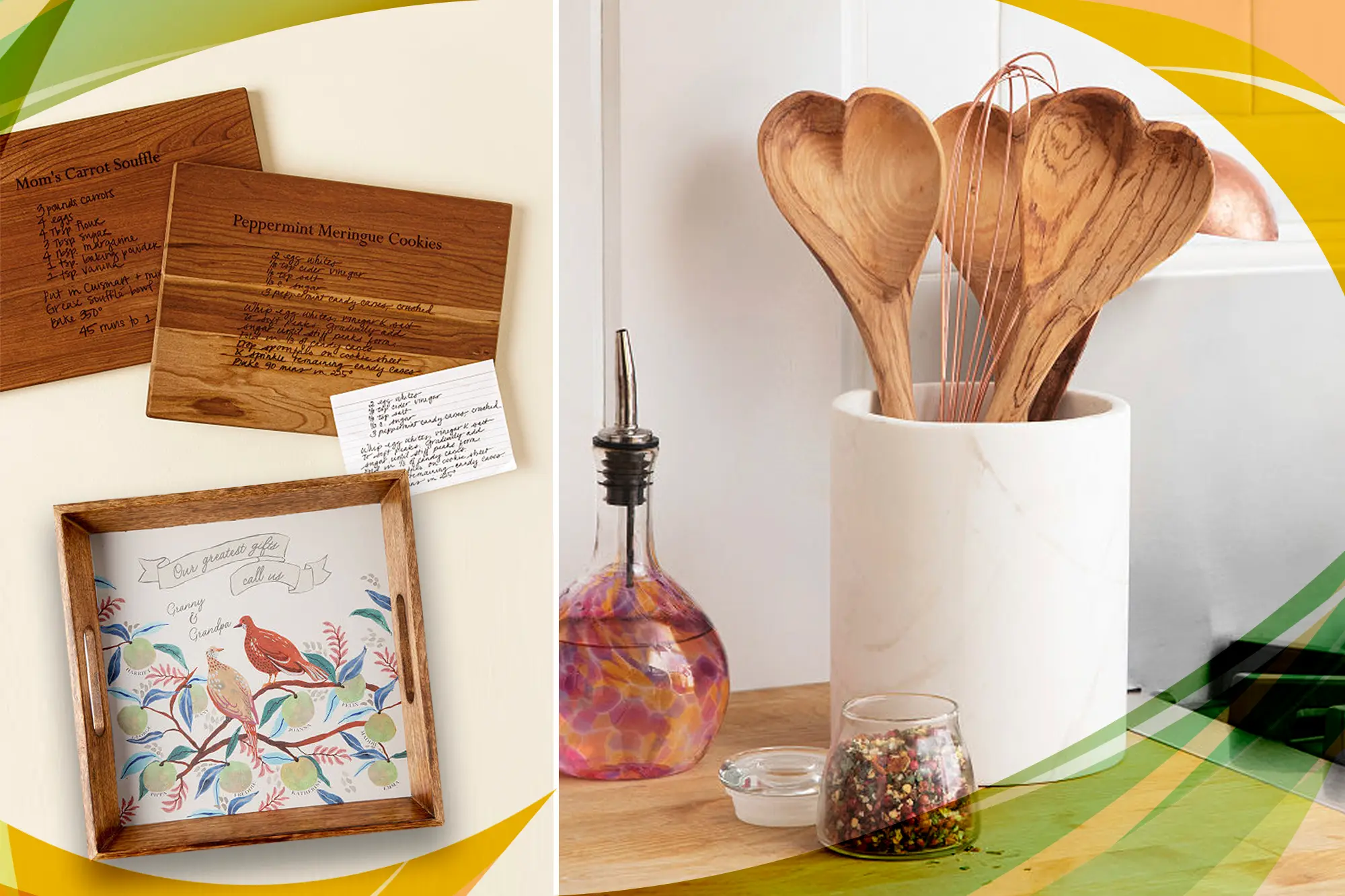From Fast Fashion to Forever Pieces: Making Smarter Luxury Purchases

The average person owns more clothing and accessories now than at any point in history, yet somehow still feels they have nothing to wear. This paradox isn’t just about closet organization—it reveals something deeper about how modern shopping habits have trained us to accumulate rather than curate. Fast fashion brands have spent decades convincing consumers that style means constantly refreshing their wardrobe with affordable, trendy pieces. But there’s a growing movement toward a different approach, one that prioritizes quality, longevity, and actual value over fleeting trends.
The True Cost of Cheap
Fast fashion operates on a simple premise: make it cheap enough that people won’t think twice about buying it, and trendy enough that they’ll want something new next season. The business model works brilliantly for retailers, but it leaves consumers on a treadmill of constant purchasing that never really builds anything lasting. A $30 dress worn three times before it falls apart isn’t actually cheaper than a $200 dress worn for years. The math just hides itself in smaller, more frequent transactions that don’t feel as significant in the moment.
Beyond the financial waste, there’s the environmental impact that’s becoming harder to ignore. The fashion industry produces massive amounts of textile waste, much of it ending up in landfills within months of production. Then there’s the quality issue—garments made to be disposable simply don’t feel or look as good as well-constructed pieces. The fabric pills after one wash, seams come undone, and that initial excitement fades quickly when you realize the item won’t last the season.
Why Luxury Doesn’t Have to Mean Unaffordable
Here’s where the conversation gets interesting. The word “luxury” triggers immediate assumptions about price tags that only the wealthy can afford, but the pre-owned market has changed this equation entirely. High-end accessories, particularly timepieces, hold their value in ways that make them accessible to a much broader audience when purchased second-hand. A watch that costs $15,000 new might be available for $8,000 pre-owned, and if maintained properly, could be resold years later for a similar price. That’s not just shopping—that’s strategic asset management disguised as style.
For those exploring this approach, looking into Pre Owned Rolex Singapore options reveals how the secondary market works in practice. These aren’t damaged or inferior products—they’re often barely worn pieces from collections being rotated or upgraded. The savings come from avoiding the initial depreciation hit that occurs the moment any luxury item is purchased new, not from compromised quality.
The Psychology of Owning Less, Better
There’s something satisfying about opening a closet filled with pieces that all work together, that all feel good to wear, and that don’t require constant replacement. This isn’t about minimalism for its own sake—it’s about intentionality. When each purchase represents genuine consideration rather than impulse, the relationship with possessions changes. A well-made leather bag that develops character over years of use tells a story. A classic timepiece inherited or carefully selected becomes part of personal identity rather than just another accessory.
The shift from quantity to quality also changes how people present themselves. Fast fashion creates a sameness—everyone wearing slight variations of the same trending items from the same handful of retailers. Forever pieces allow for actual personal style to develop. A vintage Submariner or carefully chosen Datejust communicates something different than whatever watch is currently being promoted in Instagram ads. It suggests someone who makes considered choices, who values craftsmanship, who isn’t just following whatever’s currently popular.
Building a Wardrobe That Lasts
The transition away from fast fashion doesn’t happen overnight, and it shouldn’t. This isn’t about throwing out everything and starting fresh with only expensive items—that would just be fast fashion thinking applied to luxury goods. Instead, it’s a gradual process of replacing worn-out fast fashion pieces with better alternatives, one purchase at a time. When those $40 sneakers wear out in six months, that’s the moment to invest in $200 sneakers that’ll last three years. The annual cost ends up similar, but the daily experience improves dramatically.
Start with accessories since they tend to last longer and work across multiple outfits. A quality watch, a well-made belt, a leather wallet—these items get used daily and set the tone for everything else. They also tend to be where the pre-owned market offers the best value propositions. The difference between a new and pre-owned luxury watch can be thousands of dollars, but to the casual observer, they’re indistinguishable.
Then move to foundational wardrobe pieces. Classic denim, well-constructed outerwear, versatile footwear—items that don’t scream any particular trend but work year after year. These purchases feel more expensive in the moment, but they eliminate the constant low-level spending that characterizes fast fashion consumption. When a coat lasts ten years instead of two, the cost-per-wear calculation becomes almost laughably favorable.
What Actually Holds Value
Not all luxury purchases are created equal when it comes to long-term value retention. Some items depreciate rapidly regardless of their initial quality, while others maintain or even increase in value over time. Understanding these patterns helps make smarter decisions about where to allocate resources. Watches from certain manufacturers have decades-long track records of holding value, particularly iconic models with consistent demand. Limited editions, discontinued references, and pieces with historical significance often appreciate rather than depreciate.
Handbags from established luxury houses tend to hold value reasonably well, especially classic styles that don’t date themselves to a particular era. Seasonal trendy pieces, even from luxury brands, typically don’t fare as well. The same principle applies across categories—timeless design outlasts fashion-forward statements when it comes to resale value.
Making the Shift Sustainable
The biggest obstacle isn’t usually the cost—it’s breaking the habit of constant consumption. Fast fashion has trained shoppers to expect new items regularly, to treat shopping as entertainment rather than necessity. Shifting to a forever-pieces mindset means finding other sources of that dopamine hit, whether through different hobbies, experiences, or simply the satisfaction of using well-made items daily.
It also means getting comfortable with having less overall. A closet with thirty mediocre items feels full but rarely provides satisfaction. A more curated collection of fifteen excellent pieces offers more genuine versatility and eliminates the paradox of having nothing to wear despite a full closet. The initial adjustment can feel strange, but most people who make this transition report feeling relieved rather than restricted.
The pre-owned luxury market makes this transition more feasible than ever before. What once required either significant wealth or patient saving for new pieces can now be achieved through strategic shopping in the secondary market. The same quality, the same craftsmanship, the same status signaling—just without the premium attached to being the first owner. For anyone tired of the fast fashion cycle, it’s worth exploring what forever pieces might look like in their own wardrobe.





